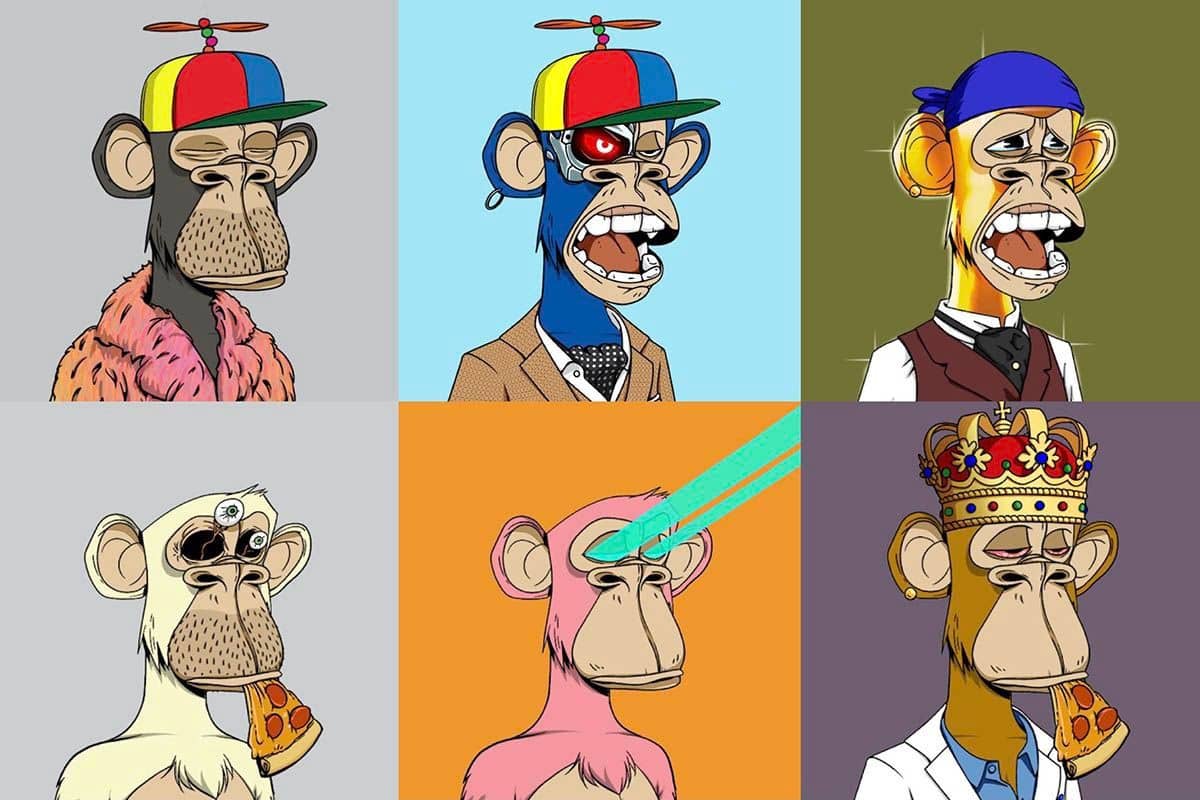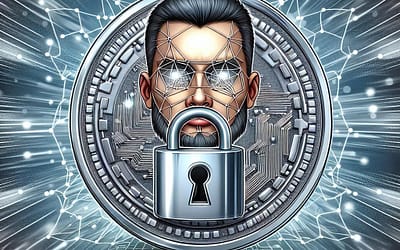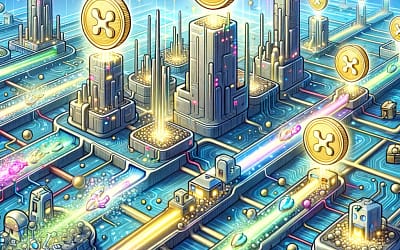Do you desire to understand more about NFT art but find the technical terms confusing? There are many people in the same boat as you. Anyone unfamiliar with the cryptocurrency space may find the concept of NFT art to be both puzzling and frightening. Do not worry, though, as we will explain the ins and outs of NFT art in a way that is both straightforward and accessible in this article. Let's begin our exploration of the exciting field of NFT.
NFTs, or non-fungible tokens, are digital assets that cannot be exchanged for other tokens. They're called "non-fungible" because, unlike regular cryptocurrencies, you can't simply trade one for another. Because each NFT is one of a kind and has a market-based price, they are based on a floor price.
Digital assets, such as works of art, collectibles, in-game objects, and virtual real estate, can all be represented by NFTs. Smart contracts are used to generate them, and these contracts are self-executing agreements between a buyer and a seller that are encoded straight into code.
In order to make an NFT, a creator must first develop the digital asset they intend to use. A digital asset could be anything from a work of art or a collectible to a piece of software. After the asset has been made, the creator can mint the NFT by making a new, identical duplicate of it and putting it on the blockchain.
To mint a new NFT, a smart contract must be developed and the digital asset must be uploaded to the blockchain. The traditional method for this is to use an NFT-specific platform or marketplace, such OpenSea or Nifty Gateway. The platform will take care of the nitty-gritty of minting the NFT and will give the creator a special URL or identification for using the token.
The NFT can then be bought, sold, and traded like any other currency. Like the price of any other asset, the demand and supply of NFTs determine their worth. If more people start buying a certain NFT, its price will rise.
With regard to NFTs, gas taxes are a concept that should not be overlooked. To offset the costs associated with executing a smart contract on the blockchain, a tiny sum of cryptocurrency known as "gas fees" must be paid. Gas costs are incurred whenever an NFT is created or exchanged. In most cases, users will pay these costs in Ethereum, as it is the coin most commonly used for NFT trades. Other blockchains like Solana and Cardano also have a platform.
In general, NFTs are different digital assets that can be represented on the blockchain. They are produced with the help of digital contracts and traded freely. Anyone looking to acquire or trade NFTs should have a firm grasp on fundamentals like minting and gas expenses. With the NFT market expected to keep expanding, novel and interesting applications for these tokens are sure to emerge.






